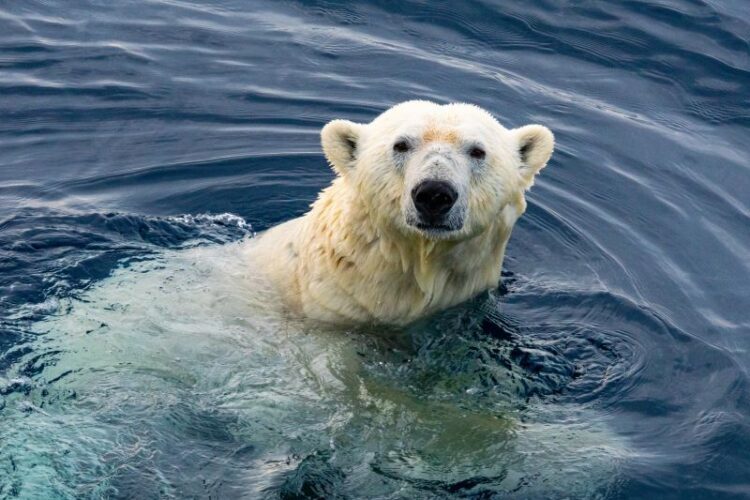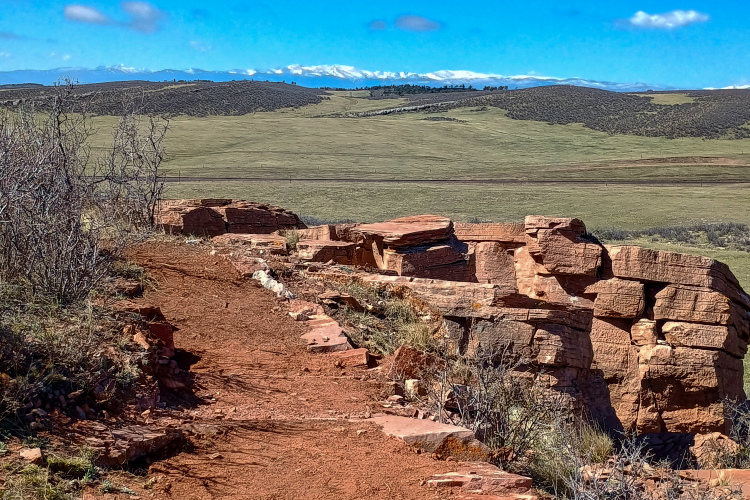
Many of us ride with various smart devices that record a wide range of ride data. These devices will tell us elevation gained, miles ridden, and break down the time we actually spent spinning the pedals. Not only that, some devices from Garmin and others provide a heat acclimation percentage that seems to be based, in part, on the outside temperature for your previous rides and workouts.
But do we need to acclimate to the heat? Isn’t this something our bodies do naturally? We chatted with a physiologist to get the lowdown on heat acclimation.
(Singletracks also reached out to Garmin to learn how they calculate a heat acclimation percentage, but a rep was only able to point us to this public documentation that provides few specifics.)
What is heat acclimation?
Typically, we associate the word “acclimation” with altitude. If you’ve ever taken a trip to ride trails at elevations that are significantly higher than you’re used to, you’ve likely been affected by a lack of acclimation. Altitude acclimation is brutally evident.
But, perhaps heat acclimation isn’t so apparent. For the most part, heat acclimation appears to be a straightforward process. It would seem we acclimate to higher temperatures naturally, during the transition from winter to spring.
However, for professional athletes racing at the highest levels, heat acclimation is undoubtedly a process that is taken into account.
“Heat acclimation is a strategy competitive athletes may use while preparing for an endurance event taking place in hot [and/or] humid conditions,” Namrita Brooke told us. Brooke holds a PhD in Applied Exercise Physiology and a Master’s degree in Sports Nutrition. She is also a registered dietitian, coaching director, and nutrition program leader at BaseCamp Endurance Coaching.
The process of heat acclimation involves adapting to thermal stress — i.e., higher temperature and/or humidity — through intentional increases in core temperature and sweating. Brooke explained that this process is achieved through repeated exposure to an artificial environment, such as a heat chamber, hot tub, or sauna.
During the heat acclimation process, the body adapts to thermal stress by increasing plasma volume, improving electrolyte retention, enhancing sweat efficiency, and lowering core temperature at given intensities.
“[After heat acclimation], you should observe decreased heart rate, decreased perception of effort and thermal sensation, and increased thirst sensation,” Brooke explained.
Heat acclimation vs. acclimatization
It is essential to note that the type of heat acclimation Brooke discusses is what she employs with professional athletes. And, not every athlete needs to undergo a heat acclimation process.
For example, an athlete living and training in Arizona is likely already accustomed to higher temperatures. They naturally have gone through heat acclimatization. Heat acclimatization is the natural acclimation process that occurs in athletes training in a hot climate, where there is no need to simulate thermal stress. Garmin devices are said to estimate the wearer’s natural acclimation level. Brook explained that heat acclimatization typically yields better results than heat acclimation.
However, athletes living in relatively cold climates won’t have the same privilege. An athlete from the Pacific Northwest participating in a race in Texas in mid-April could be facing a 50° temperature swing or more.
These are the situations where Brooke would recommend heat acclimation training. “If the first exposure you have to that level of heat is in the race, you’re pretty much guaranteed to DNF,” she told us.
Heat training for athletes
While there are various heat training methods, Brooke outlined a common training program to simulate thermal stress. This heat training is intended to supplement the rides and workouts riders are already doing.
Heat acclimation training should be spread out over two weeks, with the process repeated twice a day for four to six days. Many athletes will participate in what Brooke called “active training,” where they ride an indoor trainer at a sub-threshold level in a warm room and wearing extra clothing to simulate the races’ temperatures.
While active training is the most effective form of heat acclimation, Brooke also explained it is the most miserable. Other athletes may choose a less extreme way to acclimate. After a normal ride or workout, the athlete gets into a hot bath or sauna for 30 to 40 minutes. Ideally, they should be slightly dehydrated at this time, as it will trigger the adaptations faster.
After heat exposure, the athlete should slowly rehydrate with electrolyte-rich fluids. Regardless of which two-week heat acclimation regimen an athlete chooses, it should be scheduled to end approximately one week before the event or race.
During heat acclimation, a noticeable reduction in heart rate occurs within four to ten days, and perceived effort will decrease within three to five days. It will take up to ten days for the sweat rate to increase and for sodium loss in sweat to decrease.
What about the rest of us?
Obviously, most of us are not high-level, professional athletes traveling to warm locations for races. For the most part, the majority of us will naturally acclimate to the heat as we continue to ride throughout late spring and early summer.
However, that doesn’t mean the average rider will never be in a situation where they would benefit from undergoing a heat acclimation process. This is especially true when riders from up north plan a winter mountain bike vacation to warmer climates in the south. Also, unseasonably hot days can catch mountain bikers off guard.
And while Brooke said that you can see some benefits from starting a heat acclimation training program before a trip, she warns against pushing it like the pros. Doing the hot water baths and sauna time or the active indoor heat training will provide some benefits. Doing them both will likely take too much of a toll on your body.
If you are doing the active training, start slow. Limit your first training ride to about an hour, working your way up from there. Stay hydrated and be aware of the signs of heat exhaustion and heat stroke.
And when you arrive at your warm-weather mountain bike destination, it is still essential to exercise common sense, even after any heat acclimation you may have undergone. Don’t make your first ride a big one. Try to avoid riding during the hottest part of the day. Make sure you have extra water with you.
Oh, and for humidity, Brooke told us there is no way to acclimate for that.
“Then if you go to humidity, you just have to try to stay cool — pouring water on your head, using menthol, cold drinks,” Brooke said. “There’s only so much you can do in humidity. It doesn’t matter how good you are.”











3 Comments
Jun 10, 2025
Jun 11, 2025
Only relief can be found by traveling to cooler regions. The difference in the comfort level of an 82° day as compared to a 92° day is remarkable.
Jun 10, 2025